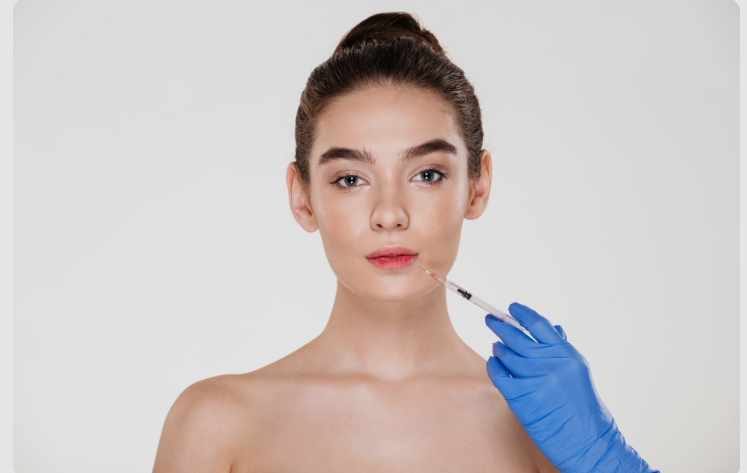Chin implant surgery is a powerful way to enhance facial balance, define the jawline, and boost self-confidence. But if you’re considering the procedure, one of your biggest concerns may be:
“How painful is it really?”
Let’s explore what patients typically experience before, during, and after chin augmentation surgery, including how pain is managed and what recovery really feels like.
🩺 Is Chin Implant Surgery Painful?
In short: most patients report mild to moderate discomfort, not intense pain.
Thanks to advanced surgical techniques, modern anesthesia, and effective post-operative care, the majority of patients find the procedure surprisingly tolerable. While there is some tightness, swelling, and soreness, severe pain is rare and short-lived.
💉 Pain During the Procedure: What to Expect
Anesthesia Options:
- General anesthesia or IV sedation with local anesthesia is typically used.
- This means you’ll be completely asleep or relaxed and pain-free during the procedure.
Duration:
- The procedure usually takes 30 to 60 minutes, and patients feel no pain while it’s happening.
😷 Immediate Post-Op Sensations
When the anesthesia wears off, patients often report:
- Mild to moderate soreness in the chin and jaw
- A sensation of tightness or pressure
- Swelling and mild bruising around the lower face or neck
- Temporary numbness in the chin or lips (due to local nerve irritation)
These sensations are expected and temporary. Most patients describe it as a dull ache or muscle soreness rather than sharp pain.
💊 How Is Pain Managed After Surgery?
Your surgeon will typically prescribe:
- Oral pain medication (e.g., acetaminophen or low-dose opioids for the first few days)
- Cold compresses to reduce swelling and numb the area
- Antibiotics to prevent infection (especially for intraoral incisions)
Most patients transition to over-the-counter pain relief like Tylenol or ibuprofen within a few days.
🕒 Pain Timeline: What Patients Say
Here’s a general timeline of discomfort based on real patient experiences:
📅 Day 1–3:
- Some discomfort, tightness, and swelling
- Pain manageable with prescription meds
- Talking and chewing may feel awkward or sore
📅 Day 4–7:
- Discomfort significantly decreases
- Most patients switch to non-prescription pain relievers
- Swelling improves but may linger
📅 Week 2:
- Minimal soreness
- Most people resume normal activities
- Continued numbness or firmness may persist temporarily
📅 Week 3 and Beyond:
- Pain is virtually gone
- Final shape continues to refine as swelling fully resolves
🧑⚕️ Real Patient Testimonials
“I expected it to hurt more, but honestly, it felt more like pressure and tightness than pain. I didn’t even finish my prescription meds.”
— Sarah, 32
“Day one was the worst—mostly swelling and tightness—but after a couple of days, I just took Tylenol. No big deal.”
— James, 45
“The inside of my mouth felt a little raw at first since my incision was inside, but it healed quickly. Numbness was more annoying than painful.”
— Melissa, 28
⚠️ When to Contact Your Surgeon
Pain that increases over time or feels sharp, throbbing, or accompanied by fever or redness could be a sign of infection or implant displacement. Always follow your surgeon’s instructions and report any unusual symptoms immediately.
✅ Tips for Minimizing Pain After Chin Implant Surgery
- Follow all post-op instructions carefully
- Keep your head elevated to reduce swelling
- Eat soft foods (especially with intraoral incisions)
- Take pain medications exactly as prescribed
- Avoid strenuous activity during the first 1–2 weeks
Final Thoughts
Chin implant surgery is well-tolerated by most patients, with pain described more as discomfort or pressure than anything severe. With proper care and realistic expectations, the recovery is smooth—and the aesthetic rewards are well worth it.




